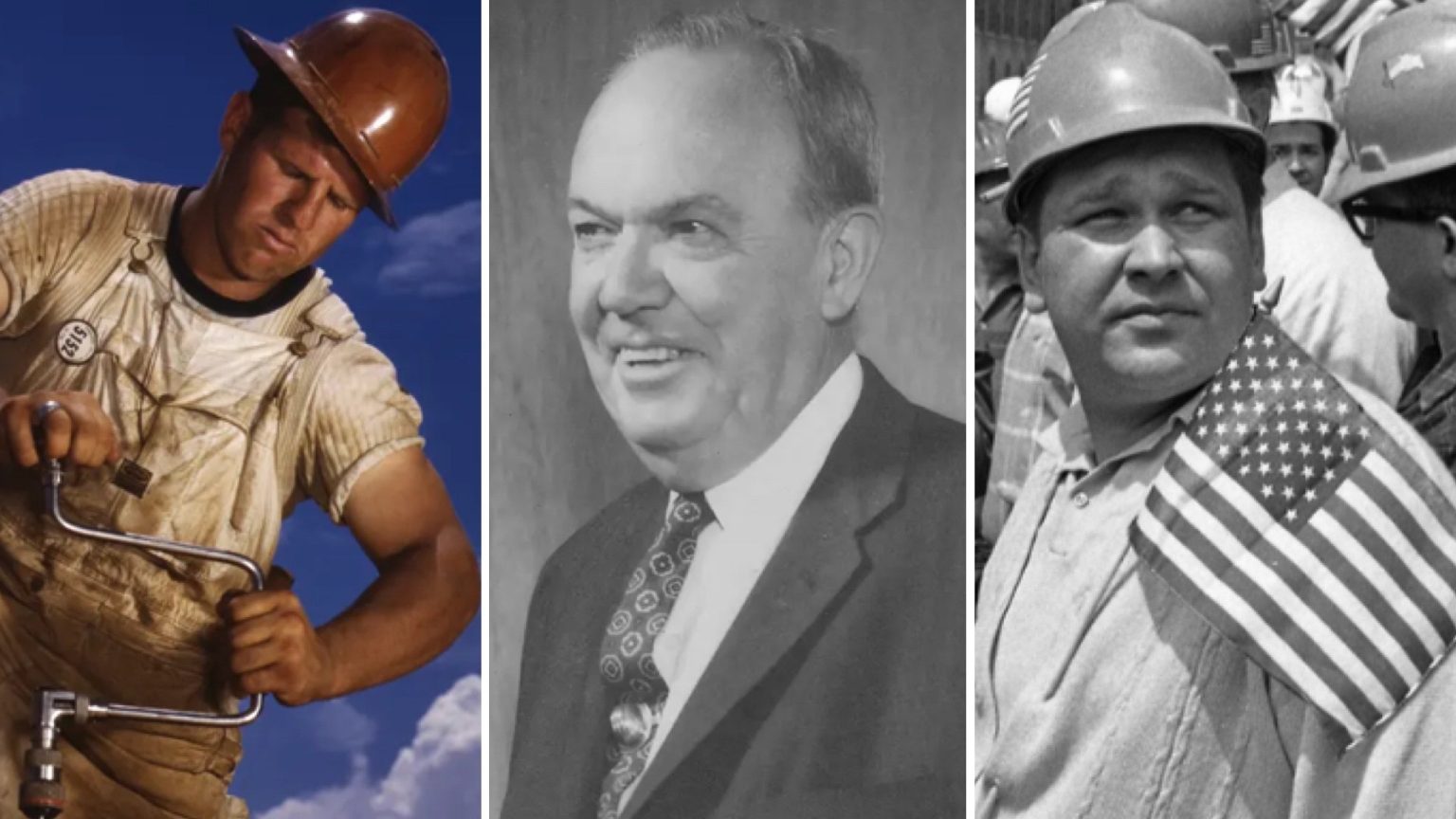The hard hat is a symbol of working-class America, with millions of hard-working individuals across the country relying on this important piece of protective equipment. The hard hat was invented by Edward W. Bullard, a U.S. Army veteran, after he returned from World War I and saw the need for improved safety in industrial settings. Today, about 33 million Americans work in hard-hat jobs, contributing to the nation’s infrastructure and economy. The hard hat has evolved over the years to provide better protection and comfort for workers, playing a crucial role in major construction projects such as the Golden Gate Bridge and the Hoover Dam.
The hard hat became a political symbol during the Vietnam War, most notably during the New York City Hard Hat Riot of 1970. Construction workers clashed with anti-American protesters in Lower Manhattan, highlighting the cultural divide between working-class Americans and leftist elitists. This event led to a shift in political alliances, with working-class Americans rallying behind President Richard Nixon in his 1972 re-election bid. The legacy of the Hard Hat Riot continues to influence the political landscape in the United States today.
Edward W. Bullard’s invention of the hard hat was inspired by his experience in World War I, where he saw the need for greater safety measures in mining operations. The Hard Boiled Hat, as it was trademarked, quickly became a crucial piece of protective equipment for workers in dangerous industrial settings. Bullard’s hard hats were used in major construction projects such as the Golden Gate Bridge and the Hoover Dam, helping to prevent serious injuries and fatalities on the job. The Occupational Safety and Health Act of 1970 made hard hats mandatory on most job sites, further solidifying their importance in worker safety.
The Hard Hat Riot of 1970 was a pivotal moment in American history, highlighting the tensions between working-class Americans and the elite. Blue-collar workers took to the streets to defend their country and demand respect for their contributions to society. The riot served as a prelude to the political shifts that would occur in the following years, with working-class Americans aligning themselves with politicians who supported their values and interests. The legacy of the Hard Hat Riot can still be felt in the political divisions that exist in the United States today.
Edward W. Bullard’s passion for protecting workers and advancing safety in the workplace was evident throughout his life. He was a humble and creative individual who dedicated himself to improving worker safety and ensuring that hard-working Americans were protected on the job. Bullard’s legacy lives on in the success of many of the nation’s most ambitious construction projects and in the daily experiences of millions of hard-hat workers across the country. His contribution to worker safety continues to be celebrated and appreciated by those who benefit from his invention.
The hard hat remains an essential piece of protective equipment for millions of Americans who work in industrial settings. This simple yet crucial piece of gear has saved countless lives and prevented serious injuries on construction sites, mines, and other hazardous work environments. As workers continue to rely on hard hats for their safety, the legacy of Edward W. Bullard and his invention of the hard hat lives on as a testament to the importance of protecting those who build and maintain the infrastructure of the United States.


